Vezirköprü
Vezirköprü, formerly known as Kedegara, is a district of Samsun province. Vezirköprü is a district of Samsun province with a population of 94,360, according to 2020 data. The distance from Vezirköprü to Samsun is 110 km. The district is roughly located between 35° 48' - 35° 01' eastern longitudes and 41° 00' - 41° 19' northern latitudes. The district is surrounded by Samsun's Alaçam and Sinop's Durağan districts to the north, Bafra to the northeast, Havza to the east, Çorum's Osmancık districts to the southwest, and Sinop's Saraydüzü districts to the west. Transportation to other city centers of Vezirköprü is provided by road. Vezirköprü district is located in the Central Black Sea region, in the back-coastal part of the second range of the North Anatolian Mountains, coinciding with the Lower Kızılırmak valley. Vezirköprü is the district with the most villages in Turkey and is the fifth largest district of Samsun. It has the fifth largest population settlement in Samsun province after Samsun center. The central population is relatively low and most of the population is concentrated in rural areas. The history of Vezirköprü dates back to the Hittites. The first city was founded by the Hittites, 2.5 kilometers away from the current district center. As a result of archaeological excavations carried out in recent years, it is estimated that the sacred city of the Hittites, Nerik, is in Vezirköprü. During the excavations carried out in the mound in Oymaağaç village, fragments of tablets written in cuneiform script were found for the first time in the Black Sea Region. It was also noticed that seals with the expression Nerik were engraved on these tablet fragments. B.C. Starting from 1200, the region came under Phrygian domination and Paphlagonia administration. Later, this place was captured by Alexander the Great. The city, which was destroyed by the raids of the Phrygians, was repaired and revived by the Byzantines. Its name at that time was Fezimon or Teakliodiopolis. Milk and milk capitals from the Byzantine period were found in the district. It is understood from the large building ruins seen today that it was the richest city around at that time. Vezirköprü was again ruined during the wars between the Seljuks and the Byzantines. The district, which was later taken over by the Danishmends, could not be built due to the Crusades. However, Sultan Mesut re-established the town for the third time under the name Gadegara in 1160. Vezirköprü was frequently raided during the Celâlî Rebellions in 1695 and the town was plundered and destroyed. For this reason, people felt the need to take shelter in castles, and two castles were built, Taşkale and Toprakkale. Now the districts established on these castle ruins are called by the same names. After the Celâlî rebellions, Köprülü Mehmed Pasha had the destroyed buildings in the district repaired and also had new works built. Its current state as a skeleton dates from that time. Administratively, Vezirköprü is within the Amasya Mutassarrıfıty, which is affiliated with the Anatolian Beylerbeylik; While it was a district of Amasya until 1925, it was connected to Samsun province in 1925. During the time of Mehmet Pasha, the district was named Vezirköprü. The current name of the district is abbreviated as Vezirköprü. In its administrative division in 1892, Canik Sanjak was under the province of Trabzon. During this period, Trabzon province consisted of the central sanjak, Canik, Lazistan and Gümüşhane sanjaks. The total of eight districts of Canik Sanjak were as follows: Merkez, Bafra, Ünye, Fatsa, Terme and Çarşamba. Ladik, Vezirköprü and Havza were within the borders of Sivas province during this period. Canik Sanjak maintained its position in 1892 during the administrative divisions in 1896 and 1903.




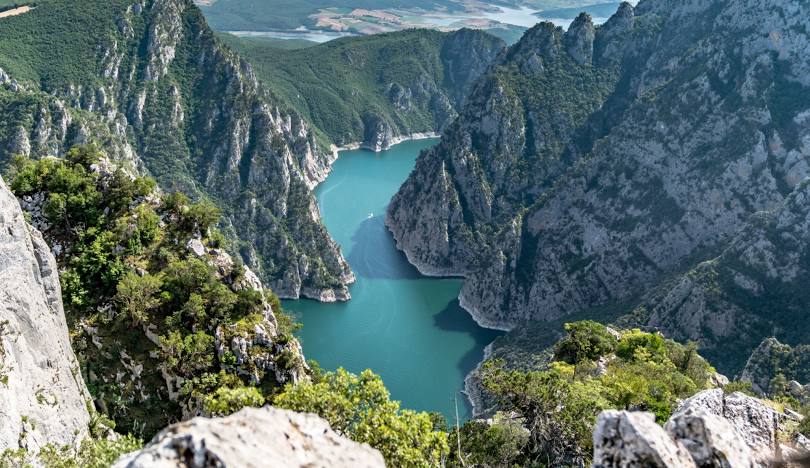
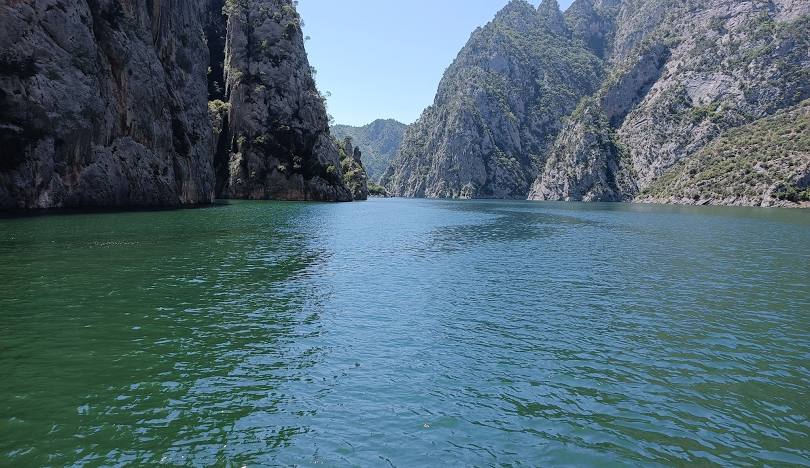
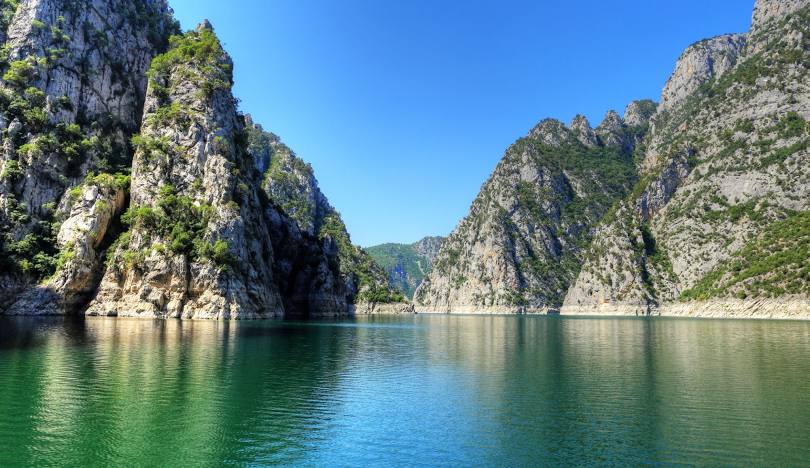
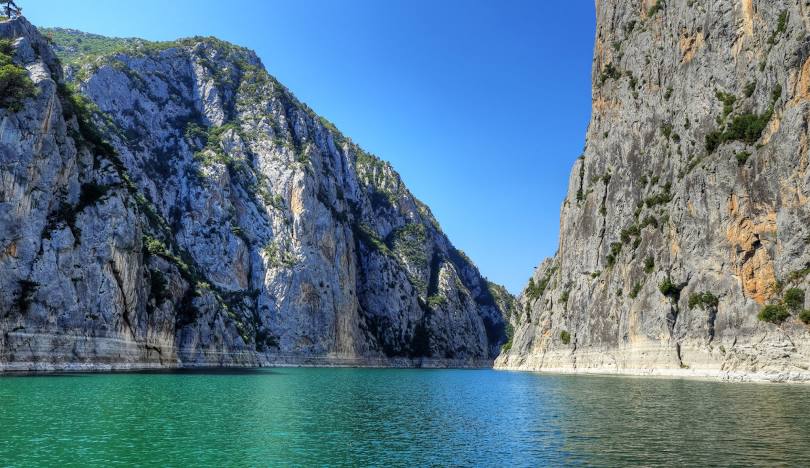
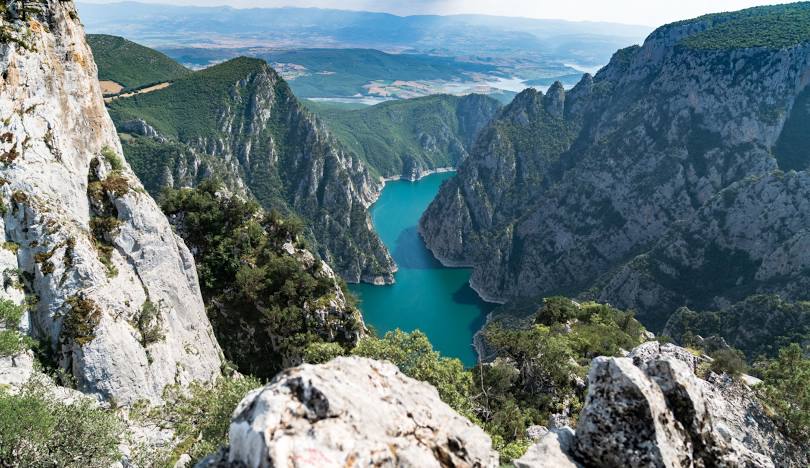
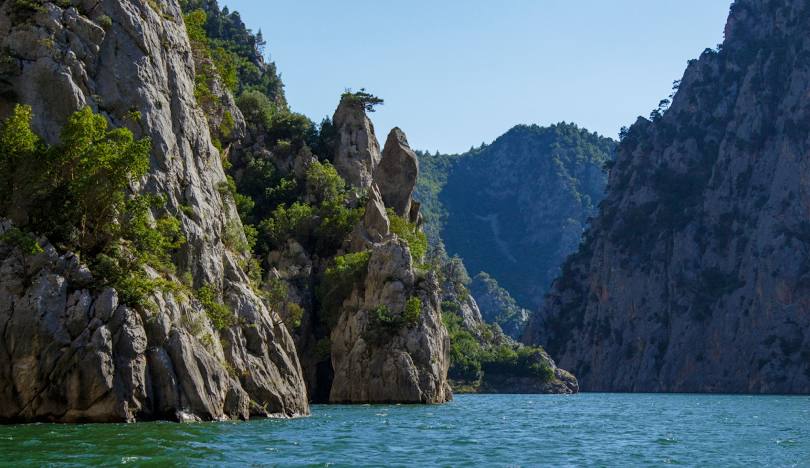
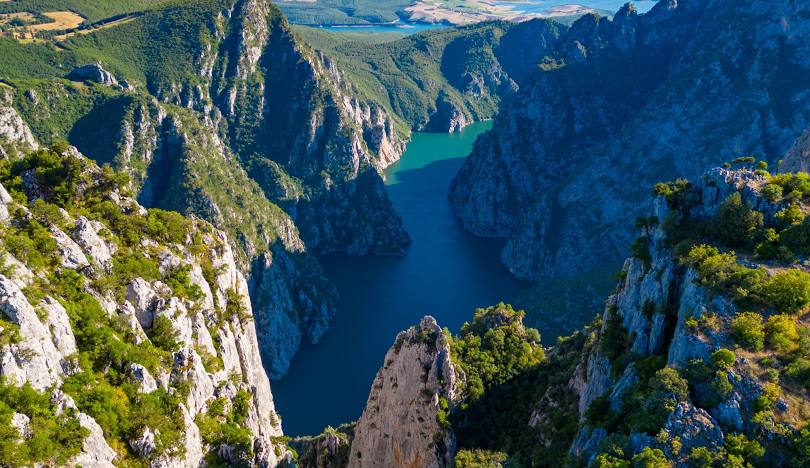
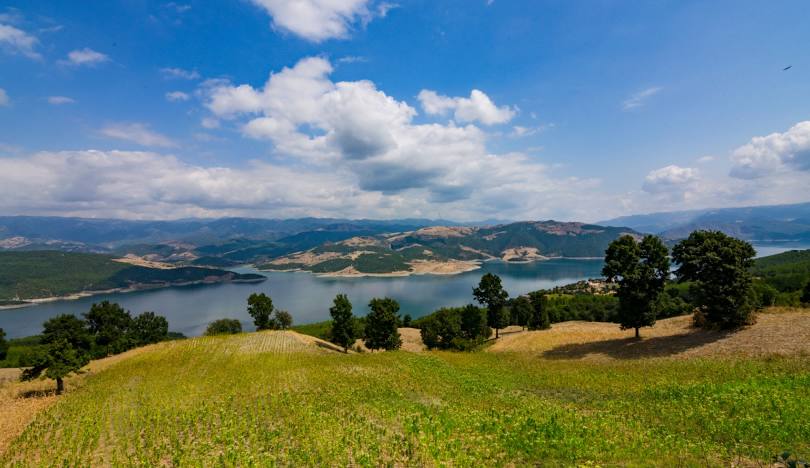
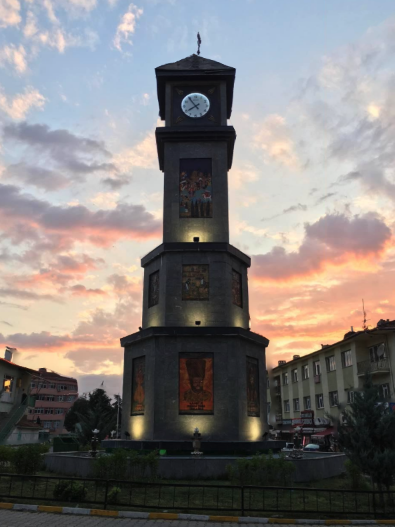
Leave Your Comments